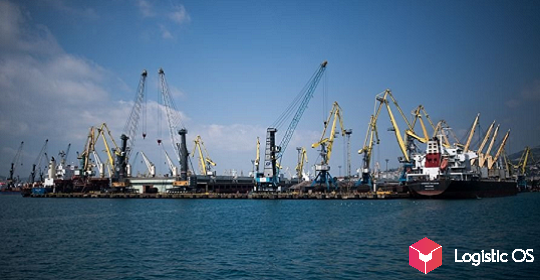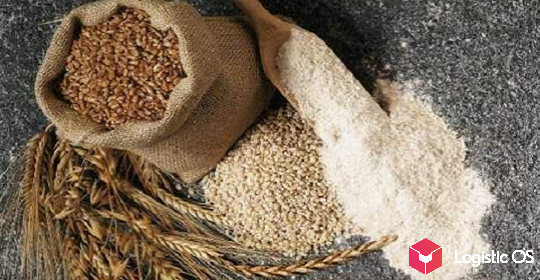Comes to the end of sowing spring wheat and corn. How has the structure of crops changed?
Back in January 2020. At a meeting at the Federal Ministry of Agriculture, issues were raised of revising the sowing plans of various crops in connection with the current economic situation.
We analyze the data in different categories.
Winter rye:
For a long time, prices were kept low, so production capacities were replaced by other highly marginal crops.
As a result, in 2019, a shortage of this crop on the market began to be felt, and not very favorable weather conditions became an additional incentive for the price of rye to increase significantly.
The increase in crops is in the plans of the Ministry, but the result should be expected no earlier than 2021.
Sugar beets :
We have the opposite situation — in 2019, this culture occupied an area of 1.145 million ha. The increase was 1.6%.
Harvest reached 50.8 million tons. Sugar was produced over 7.4 million tons, which caused overproduction and the appearance of surplus. As a result, the price of final sugar fell significantly. All this could lead to the bankruptcy of enterprises, therefore, in 2020, the Ministry of Agriculture of the Krasnodar Territory demanded that producers reduce the area of its crops and replace them with crops that are now in demand on the market: soy and rapeseed.
Corn:
Already sown 4.1% more than forecast: 2.8 million hectares compared to 2.73.

Sunflower, soy and rape:
In 2019, an increase in sunflower crops was planned, since, despite the reduction in prices, the marginality remained at a high level compared to other crops.
By June 3, 2020, sunflower occupied 80.5 million hectares, which amounted to 99.3% of the forecast. In 2019, 80.4 million ha were sown.
But for rapeseed and soybeans, a slight decrease in crops is still forecasted.
Rapeseed — 11.1 million hectares (88.2% of the plan), soybeans — 2.4 million hectares (76.7%).
As a result, 1.23 million hectares should be planted with rapeseed (against the forecast of 1.29 million hectares). The main decrease in area is expected in Western Siberia due to last year’s problems with the meadow moth, which greatly reduced profitability.
According to soya , the situation is still unstable: in the Center of Russia it is produced in quantities exceeding the available capacities, therefore processing is partially carried out in Belarus and Kaliningrad, which steadily reduces profitability.
At the same time, in the Far East, its crops will grow.
Wheat:
As of June 3, 12.2 million hectares were sown, 0.5% more than the forecast of the Ministry of Agriculture (11.7 million hectares in 2019).
Thus, a record of at least 20 years ago has been broken.
In the Lipetsk, Tambov and Saratov regions, the sowing plan has already been exceeded.
Separately, it should be noted that, despite the current economic situation, manufacturers continue to actively renew their fleets, with plans to purchase 56 thousand units of equipment in the industry as a whole. The growth by 2019 will be 14%.
All this became possible, including due to preferential lending from the Ministry of Agriculture: the minimum rate of 5% per annum, the maximum size of a short-term loan per borrower is 600 thousand rubles, it is planned to expand the limit to 1.2 million rubles.

